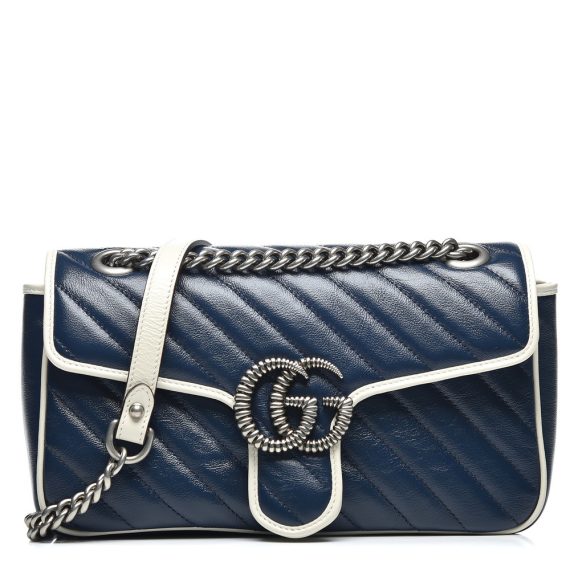Mixing High and Low: The Affluent Woman’s Guide to Authentics and Replicas
The topic of luxury goods and their more accessible replicas is a complex, multi-faceted one that intersects with economics, ethics, and personal expression. In the fashion world, particularly for women, the desire for high-end items clashes with the need for ethical consumption and financial prudence. This blog post aims to provide insight and a balanced guide for the affluent woman navigating the fine line between authentic luxury and more affordable replica fashion items.
Understanding the Dichotomy: Defining Authentics and Replicas
At its core, the difference between authentic luxury goods and replicas lies in their source. Authentics are the genuine articles crafted by high-end fashion houses, often associated with exclusivity, quality, and craftsmanship. On the other hand, replicas are copies of these original designs, produced and distributed without the authorization of the brand, and typically come at a significantly lower cost.
This distinction goes beyond mere economics—it has far-reaching implications in the realms of ethically sourced materials, labor conditions, and intellectual property rights. While authentic items might Aoffer a sense of direct support to artisans and creators, replicas raise questions about fair labor and the impact on the luxury industry.
The Appeal of Authenticity: Why Women Choose High-End Fashion
The allure of authenticity for many women is multifaceted. Authentic luxury items are often seen as status symbols, indicative of success and refined taste. Beyond this, many women appreciate the artistry and history behind fashion houses, viewing their purchases as investments not only in their personal style but in the continuation of fashion as an art form.
For some, owning an authentic piece carries with it the satisfaction of upholding the legacy of a particular designer, the embodiment of their aspirations and values. It’s a testament to individuality and an invitation to belong to an exclusive community of connoisseurs.
The Reality of Replicas: Navigating the World of Affordable Luxury
The market for replicas has expanded significantly, offering consumers a chance to enjoy the look and feel of luxury without the associated high price tag. From fast fashion retailers to online marketplaces, replicas cater to a demand for style and status that might not be feasible with genuine designer goods.
But this seeming win-win scenario raises concerns. The proliferation of replicas can dilute the brand value of luxury designers and impact sales. It also raises ethical flags around the source of materials, labor practices in their production, and the questionable legality of intellectual property rights.
Ethical and Environmental Considerations
The decision between purchasing authentic or replica fashion items is not just a personal one. It speaks to broader ethical and environmental considerations within the fashion industry. Authentic luxury items, while often using high-quality materials and skilled labor, are associated with higher carbon footprints and might contribute to a ferragamo belt replica culture of overconsumption.
Replica items, while more affordable, can be linked to unethical labor practices and the use of inferior, environmentally harmful materials. The environmental cost of fast fashion, of which replicas are a part, is a growing concern that cannot be overlooked when discussing the impact of these choices.
The Middle Ground: Strategies for Balancing Authentics and Replicas
Finding a harmonious balance between indulging in luxury and maintaining ethical consumer practices is possible. Women can choose to invest in authentic pieces while also being selective about when and why they purchase replicas. It’s about quality over quantity, ensuring the items we purchase tell our story and align with our values.
One approach is to curate a wardrobe that blends high-quality, timeless authentic pieces with trend-driven, replica finds. Additionally, supporting designers who prioritize sustainability and ethical manufacturing helps propel the industry towards a more conscientious future.
The Future of Fashion: Evolving Ethics and Sustainability
The fashion industry is in a state of reflection, responding to consumer demands for more ethical and sustainable practices. Luxury brands are increasingly committing to transparent supply chains and reducing their environmental impact. Innovations in materials and production techniques are emerging, offering promise for a more eco-conscious future of fashion.
Technological advancements, such as blockchain for supply chain transparency, are also playing a significant role in this evolution. This shift towards sustainability and ethical practices represents a new world where authenticity meets accessibility without the compromise.
Conclusion
The dialogue around mixing high and low fashion is as much about our personal values as it is about the shirts on our backs. It’s a conversation that continues to evolve, bringing to light the diversity of considerations at play in the choices we make as consumers. The affluent woman’s guide to authentics and replicas is not a strict set of rules, but a framework for thoughtful, informed decisions that align with both personal style and ethical standards. With a mindful approach and https://beroma.is/wp-content/uploads/2024/01/547260_DTDIT_9022_001_068_0028_Light-GG-Marmont-mini-top-handle-bag-1.jpg an understanding of the impact of our choices, we can curate a wardrobe that not only looks good but feels good too.